Table of Contents
Protective Colloids and Gold Number:
Protective Colloids (Interaction between Colloids):
Lyophobic colloids are unstable in nature and can be easily coagulated when a small amount of an electrolyte is added to them whereas lyophilic colloids (example- Gelatin, Starch, Gum etc.) are stable towards the coagulating action of electrolytes. It has been found that when a little of lyophilic colloid is added to a lyophobic colloid, the lyophobic colloids also become stable. This protective action of a lyophilic colloid which prevents the coagulation of a lyophobic colloid on the addition of an electrolyte is known as Protection. The lyophilic colloid added to prevent coagulation is known as protective or protecting colloid and the lyophobic colloid is known as a Protected colloid. For example- when a little of Gelatin (lyophilic) is added to Gold sol (lyophobic) the precipitation or coagulation of gold sol is prevented against the precipitating action of NaCl electrolyte.
Mechanism of Protection of Colloids– It is believed that the protective action of lyophilic colloids is due to the covering up of the particles of lyophobic colloids by those of the lyophilic colloids. However, this is not fully correct because the size of a protective and protected colloidal particle is almost the same. Thus, the exact mechanism of protection is not clear. According to recent researches, it has been found that smaller particles are adsorbed on bigger particles i.e. if the protected particles are bigger than the protecting particles, the latter will be adsorbed by the former and vice versa and thus forms a protective layer that prevents the precipitating ions from reaching the colloidal sol particles thereby preventing coagulation or precipitation.

Gold Number:
The protective powers of different lyophilic sols are different which are measured in terms of “Gold Number”. This term was introduced by Zsigmondy (1901). It is defined as “the minimum number of milligrams of a protective colloid which is required to just prevent the coagulation of 10 ml of a standard gold sol (containing 0.5 to 0.6 gm of gold per litre) by the addition of 1 ml of 10% NaCl solution”. Thus, the lower the gold number of a protective colloid, the more is its protective power and vice-versa. For example- the gold number of Gelatin, Albumin and Gum Arabic is 0.005-0.01, 0.1-0.2 and 0.15-0.25 respectively which shows that Gelatin is the best protective colloid due to its minimum gold number value.
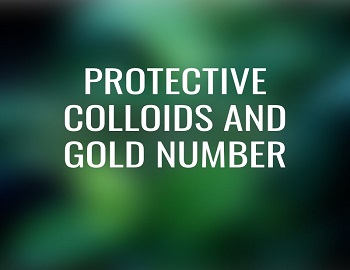
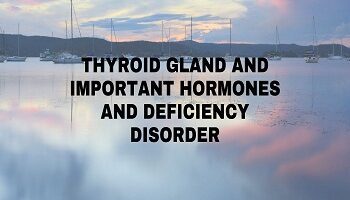

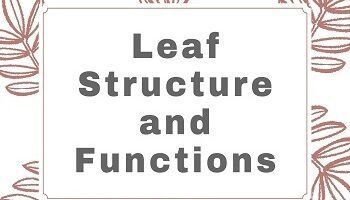

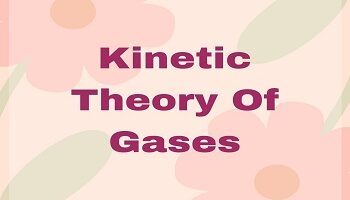
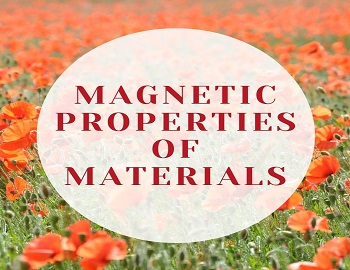
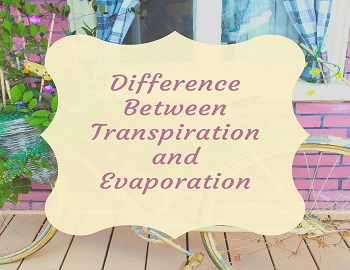
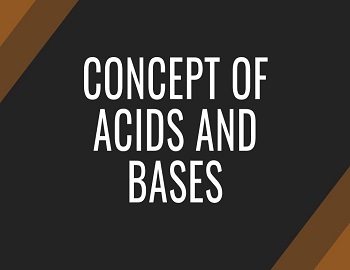
Comments (No)